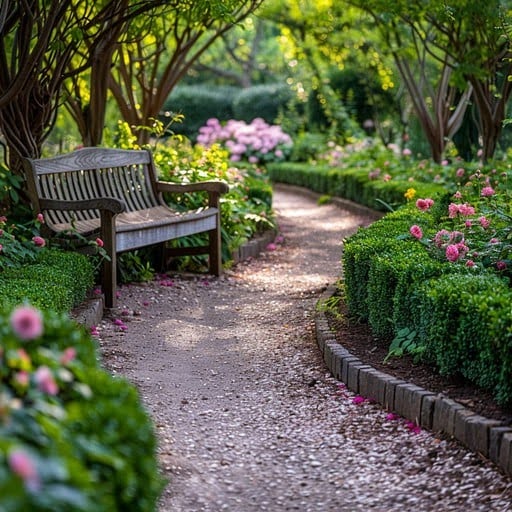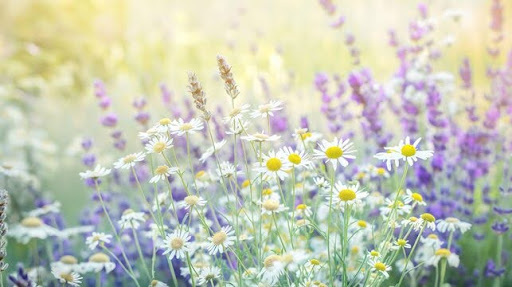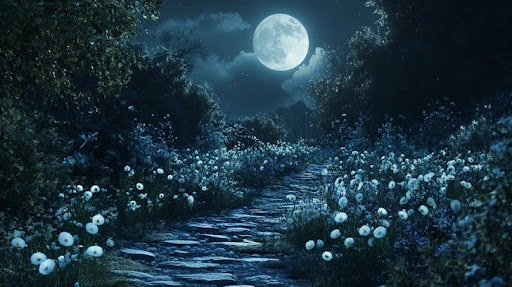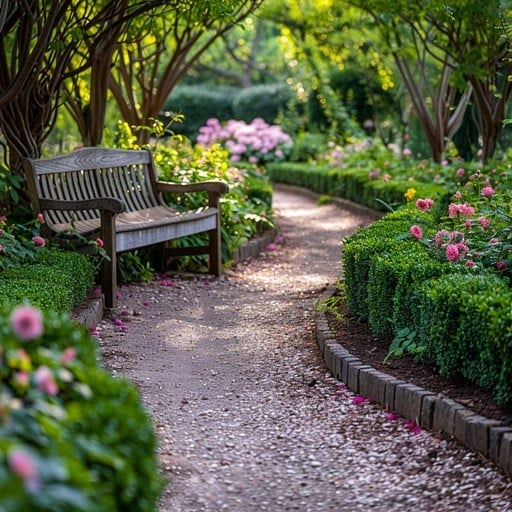Garden Zen: Creating a Peaceful Outdoor Space You’ll Actually Use
When I first left the fast-paced world of Wall Street and stepped back into the rhythm of the garden, I wasn’t just looking to grow food—I was looking to grow peace. And I found it, square foot by square foot, seed by seed.
Yes, gardening is about tomatoes and compost and chicken manure. But it’s also about breath, stillness, and that feeling of connection that goes deeper than words. Creating a peaceful garden space—what I like to call Garden Zen—has been one of the most nourishing things I’ve done for my soul.
If you’re longing for an outdoor space that brings beauty and tranquility into your life—not just chores and overgrown weeds—here’s how to create your own slice of Garden Zen. It’s easier than you think, and trust me, it will change how you experience your home
🌿 1. Start with Intention, Not Just Design
Before you dig a single hole or buy a single plant, pause.
Ask yourself:
How do I want to feel in this space?
Do you want a quiet spot to sip tea in the morning sun? A shaded nook to journal or meditate? A place to gather with friends under twinkling lights?
When I started designing my front-yard food forest, I knew I wanted it to feel like a retreat. Not just a garden, but a sanctuary—lush, private, welcoming. That intention guided every choice I made, from plant placement to pathway curves.
Garden Zen begins with purpose. So take a deep breath, grab a notebook, and sketch the feeling you want to create. successively, and make the most of every inch of your garden. It’s organized, tidy, and super productive.
🪨 2. Embrace Simplicity and Flow
Zen gardens (in the traditional Japanese sense) are all about balance, flow, and natural elements. You don’t need statues and raked gravel to achieve that—you just need to work with your landscape, not against it.
Here’s what I’ve found helpful:
- Use natural materials like stone, wood, bamboo, or clay.
- Curved paths invite wandering and feel softer than rigid lines.
- Keep color palettes simple and harmonious—greens, whites, purples, and soft pinks are peaceful choices.
Include empty space. Not every corner has to be filled. Leave room to breathe.

My own winding garden path came from a place of flow. I didn’t draw it with a ruler—I walked it. I felt where my feet wanted to go and built the path around that. Your garden will talk to you if you slow down enough to listen.
🍃 3. Choose Plants That Invite Calm
Some plants just have a calming presence. I think it’s the texture, the scent, the sound they make when the wind moves through them.
Here are a few of my favorite zen plants for a peaceful homestead garden:
Ornamental grasses – nothing beats the sound of wind in the grass.ed to mark off each 1×1-foot square. This is the magic of SFG—keeping it neat and intentional.
Lavender – calming scent, drought-tolerant, beautiful to look at.
Lemongrass – tall and whispery, with citrus notes.
Hostas and ferns – perfect for shady spots and soft, layered textures.
Chamomile – delicate, cheerful, and tea-ready.
Echinacea and yarrow – great for pollinators, and their muted tones add gentle color.

Plant in groupings, not lines. Repeat textures and tones. Let your plants speak in soft voices, not shout.
🪑 4. Create a Space to Be
You’re not just planting a garden—you’re creating a place to live your life. So make sure you actually have a place to sit.
Here are a few of my favorite restful spots:
- A bench tucked under a tree
- A bistro table surrounded by herbs and flowers
- A hammock between two fruit trees
- A meditation cushion on a shady wooden platform
Think about time of day. Where is the morning sun? Where is the afternoon shade? Follow the light and create little nooks where you naturally want to rest.
I keep a small bench by my calendula patch, and I can’t tell you how many times I’ve sat there after a long day, watching the bees work their magic. It grounds me. Every time.
🔔 5. Add Gentle Sounds
Sound is a huge part of Garden Zen. Here’s what I recommend:
The rustle of tall grasses or leaves
Wind chimes (I prefer bamboo or ceramic for a softer tone)
Bird feeders and baths to invite songbirds
A small water feature—even a tabletop fountain can work wonders

These sounds pull you out of your head and into the present moment. I often meditate by simply listening to the layers of sound in the garden—chickens clucking in the distance, wind moving through mint, bees buzzing in the basil. Nature’s own soundtrack.
🌕 6. Invite the Moonlight
Garden Zen doesn’t end at sunset. Some of the most peaceful garden moments happen at night.
Consider:
- Planting moon garden flowers like white phlox, evening primrose, moonflower, or white echinacea
- Adding solar lights along your path or under benches
- Hanging string lights in trees or pergolas
Sitting outside after dark just to listen and watch the starsnd.

I’ve had some of my deepest reflections out in my garden after everyone’s gone to bed, wrapped in a shawl, cup of tea in hand, just… being.
🧘♀️ 7. Use the Garden as a Spiritual Space
For me, gardening is a spiritual practice. It brings me closer to nature, to myself, and to whatever you want to call the life force that pulses through everything.
You can lean into that by:
- Placing a stone or statue that holds personal meaning
- Creating a small altar with candles, feathers, crystals, or herbs
- Leaving a corner of the garden wild, as a place for reflection
- Doing your morning stretching, yoga, or prayer there

The garden doesn’t need to be fancy. It just needs to feel true.
🛠️ 8. Keep It Low Maintenance
Nothing steals peace faster than overwhelm. If tending your garden starts to feel like just another thing on your to-do list, it’s time to simplify.
Here’s how:
- Choose perennials and self-seeding flowers like calendula and poppies
- Use mulch generously to reduce weeding and hold moisture
- Install drip irrigation or water in the early morning to conserve energy and time
- Accept imperfection. A few weeds won’t kill the vibe. Promise.
Garden Zen is not about keeping up appearances. It’s about ease. Plant what brings you joy and peace—not stress and endless upkeep.
Final Thoughts from My Garden Bench
Your garden should be more than something you work on—it should be something you enjoy. A place where you can pause, breathe, listen, and return to yourself.
Creating a peaceful outdoor space doesn’t require a landscaping degree or a big budget. It requires intention, love, and a willingness to slow down. It’s about planting beauty, yes—but also planting presence.
So go outside today. Stand barefoot in the soil. Listen. Dream. And take one small step toward the garden sanctuary you deserve.
You’re not just growing vegetables. You’re growing a life.
🌼 With love from my homestead to yours,
—Susan

